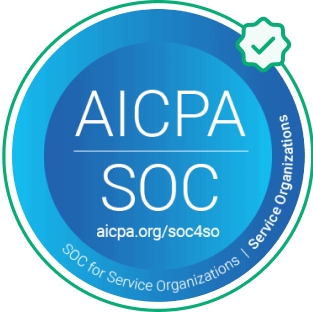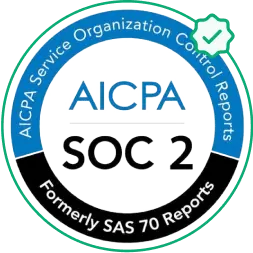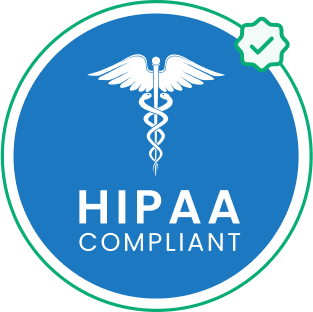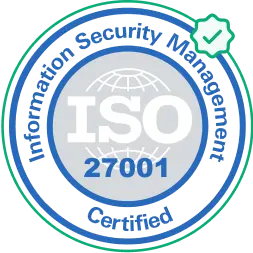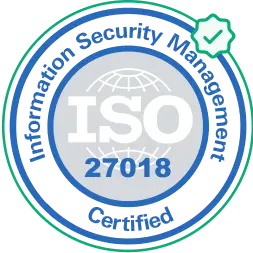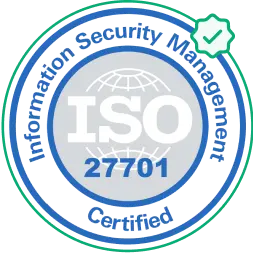What is employee onboarding?
Employee onboarding is the process of familiarizing a new hire with their role, the policies, and the culture of the organization. Onboarding aims to make it easier for new hires to settle into the organization and ensure they feel competent by the end of the program.Onboarding happens at both formal and informal levels. At a more formal level, onboarding would involve training, documentation, and orientation. Formal onboarding is often done by separating new hires from older employees. At an informal level, activities such as one-on-one interactions with the new hire, introducing them to their peers, and providing them access to information and equipment become a part of onboarding.Onboarding could be anywhere between a few weeks to 12 months long, and the duration entirely depends on the way the organization designs it.Not to be confused with:
Not to be confused with:
How long should employee onboarding ideally take?
There’s no strict number as to how many weeks, days, or months the onboarding process should take. However, there’s wide agreement that the onboarding process starts when an employee receives their offer letter and should be carried on till the new hire has entirely settled into their role and within the organization.

